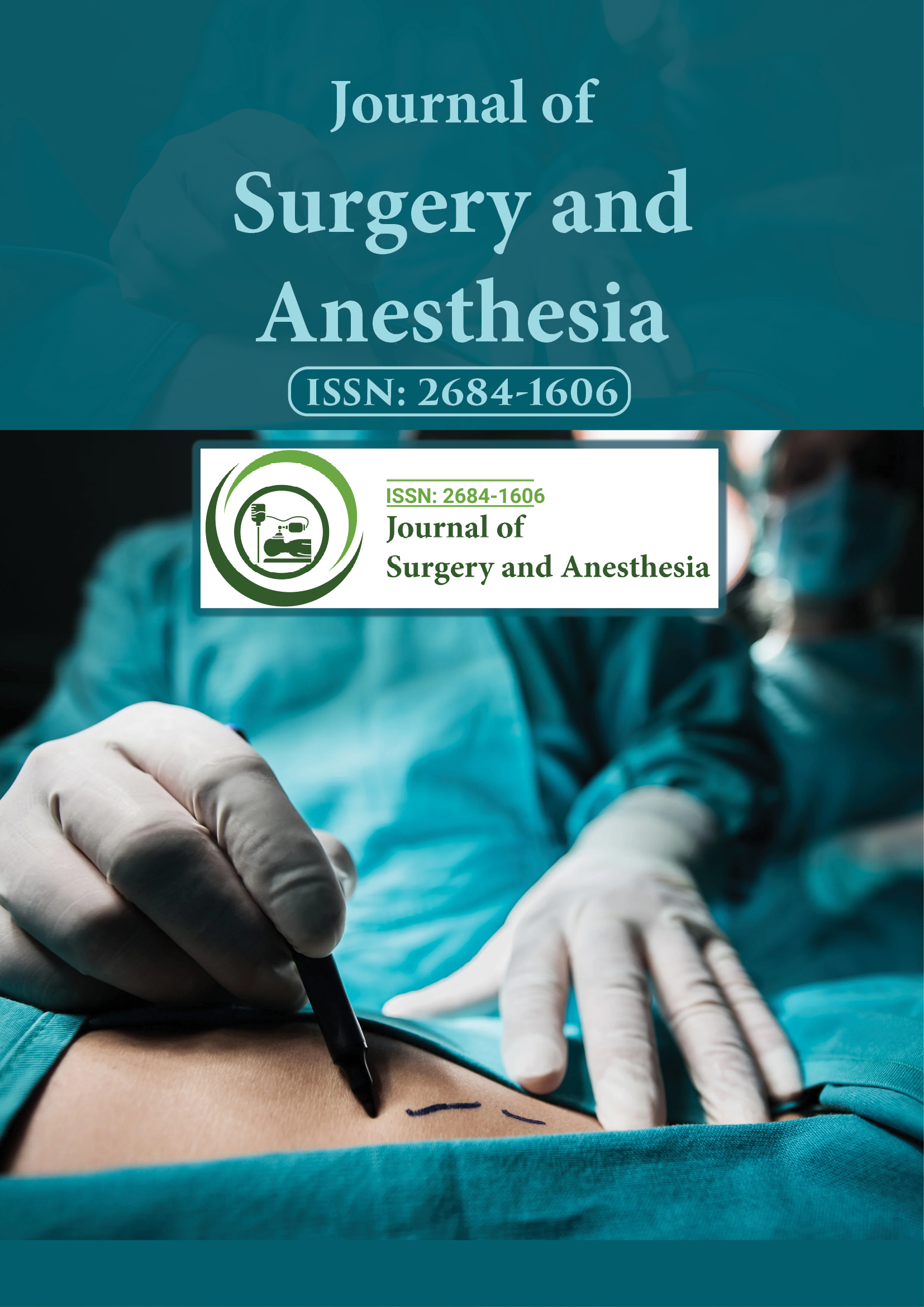Indexed In
- Google Scholar
Useful Links
Share This Page
Journal Flyer

Open Access Journals
- Agri and Aquaculture
- Biochemistry
- Bioinformatics & Systems Biology
- Business & Management
- Chemistry
- Clinical Sciences
- Engineering
- Food & Nutrition
- General Science
- Genetics & Molecular Biology
- Immunology & Microbiology
- Medical Sciences
- Neuroscience & Psychology
- Nursing & Health Care
- Pharmaceutical Sciences
Abstract
Validating and Comparing Efficacy of Supplemental Oxygen Delivery via Four Commercially Available Face Masks
Herman Groepenhoff, Danielle Bayoro, Shiv Parikh, Dennis White, Edward A. Rose, Michael J. Pedro and Andreas D. Waldmann*
Introduction: While closed simple oxygen masks deliver oxygen at high flow rates, the actual FiO2 received varies. Open oxygen masks allow increased comfort for the patient, improved communication and feeding, and higher clearance of carbon dioxide, but may not deliver sufficient FiO2 at higher oxygen flow rates. This was an in vitro study of two open masks (Vyaire AirLife Open, Southmedic OxyMask) and two closed masks (simple oxygen mask, partial rebreather mask) at a variety of oxygen flow rates and tidal volumes in simulated normal and obstructive pulmonary states.
Methods: We tested three sizes each of four different types of masks. Masks were applied to dedicated head models that had internal tubing to simulate the nasal and oral cavities. The masks were attached to an adjustable oxygen supply. The nasal and oral tubes joined together and led to an ASL 5000 lung simulator and simulated tracheal FiO2 was continuously measured using an oxygen sensor. Tests were repeated for different oxygen flow rates using different simulated lung conditions. Each mask was tested nine times for 60 seconds per flow rate after 60 seconds washout.
Results: At oxygen flow rates of 1 and 3 LPM, the open masks were able to deliver incremental FiO2 in excess of room air. At higher flow rates, the median FiO2 measured was similar across all masks, although the variability in measured FiO2 was significantly higher in the closed masks vs. the open masks (p<0.001). Variability in FiO2 was also significantly related to flow rate (p<0.001) in all masks. These patterns were seen in normal and obstructive lung settings.
Conclusion: The AirLife Open and Southmedic OxyMask delivered similar FiO2 across all flow rates in normal and obstructive lung models. The open masks delivered FiO2 that was similar to that seen in the closed masks as flow rates increased beyond 5 LPM. There was a significantly higher variability of FiO2 in the closed masks compared to the open masks at higher oxygen flow rates. Open masks deliver oxygen at levels that are comparable to simple oxygen masks with decreased variability and can be used at flow rates that are lower than those used in closed masks.
Published Date: 2021-09-06; Received Date: 2021-08-16
